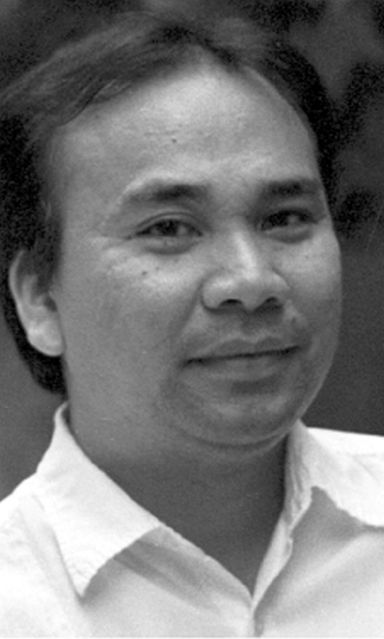
BERSALES
Since I wrote about the potentials for a monorail in Cebu last July 12, a study was conducted precisely to look into the possibility of this type of mass transit for Cebu. A press conference has been called for Friday precisely to tackle this, coming from a group led by Manila-based firm PhilTram Transportation Consortium Inc. or Philtram.
Although there are no specific details yet, I am told that subject to a pre-feasibility study by Systra Philippines, a loop will be made within Cebu City together with a line from the South Road Properties straight to UN Avenue in Mandaue City (effectively running the length of the two reclamation projects).
The monorail is designed to complement and not compete with a Bus Rapid Transit (BRT) or a Medium-Rail/Light-Rail Transit (MRT/LRT) system or both, which are also proposed for Cebu.
As I indicated in my July 12 article in this space, the monorail will eat less space as it will only require single posts, now estimated to be 69 centimeters in width, to raise a single rail above a highway or road network.
If the project gets the nod of the Duterte administration, it will probably be a special purpose firm between Philtram and its consortium partners China Engineering Conducting (CEC) Group, China Railway Rolling Stock Corp. (CRRC), together with its joint venture company, the Nanjing Puzhen Bombardier Transport System. Currently, however, Philtram is linked by separate Memoranda of Cooperation (MOC) with CEC and CRRC.
Initially, the monorail will run on electricity, but it is expected that after a decade, it will utilize magnetic levitation (maglev) technology using a design by Davao-based inventor Jose L. Guardo. This design has already been patented in the US and is now being developed with the assistance of China Railway Corp.
Maglev technology, as its name suggests, moves vehicles without any contact to the ground using powerful magnets that literally suspend the vehicle as it runs. This allows the vehicle to avoid friction or drag, which eats up a lot of energy, allowing it to run smoother and faster. At the same time, the technology developed by Guardo permits the system to utilize the vehicle’s own motion to generate electricity to power the magnets.
A video has been posted already on YouTube that shows the proposed monorail systems for Cebu and Davao. While people may see risks in maglev, such are always present when it comes to moving bodies like trains, airplanes, cars and ships. Today maglev is used to run high-speed trains in Japan, China and South Korea.
The most important thing to note is that the monorail, if it will finally see the light of day, will have fulfilled part of President Duterte’s promise to address traffic congestion in urban centers like Metro Cebu, a far cry from the previous president who spent nothing in his six years to address the woes that we now go through every day of our lives. Designed to complement the BRT and MRT/LRT systems also being planned for Cebu, let us all hope that we are going to finally see the end of our daily misery on the roads of Cebu.
* * *
In celebration of its 11th anniversary, the Archdiocesan Museum of Cebu (former Cathedral Museum of Cebu) will hold “Flores y Piedra, A Watercolor Exhibit” at its Chapel Gallery, on Saturday, 25 November at 3 o’clock in the afternoon. The exhibit, which is intended to raise funds for the operations of the museum, features renowned painters Kimsoy Yap, Dino Dante Pajao, Dr. Nanette Catigbe (the famed painting doctor), Gintoned C.L., Ethel Rida and the museum’s own curatorial board member, Rudy Alix.
The exhibition runs until December 15. I urge everyone to find time to see this important exhibition and of course to buy the watercolor paintings not only because these are works by accomplished artists but also because every purchase will help the museum.
See you all there!
Disclaimer: The comments uploaded on this site do not necessarily represent or reflect the views of management and owner of Cebudailynews. We reserve the right to exclude comments that we deem to be inconsistent with our editorial standards.
